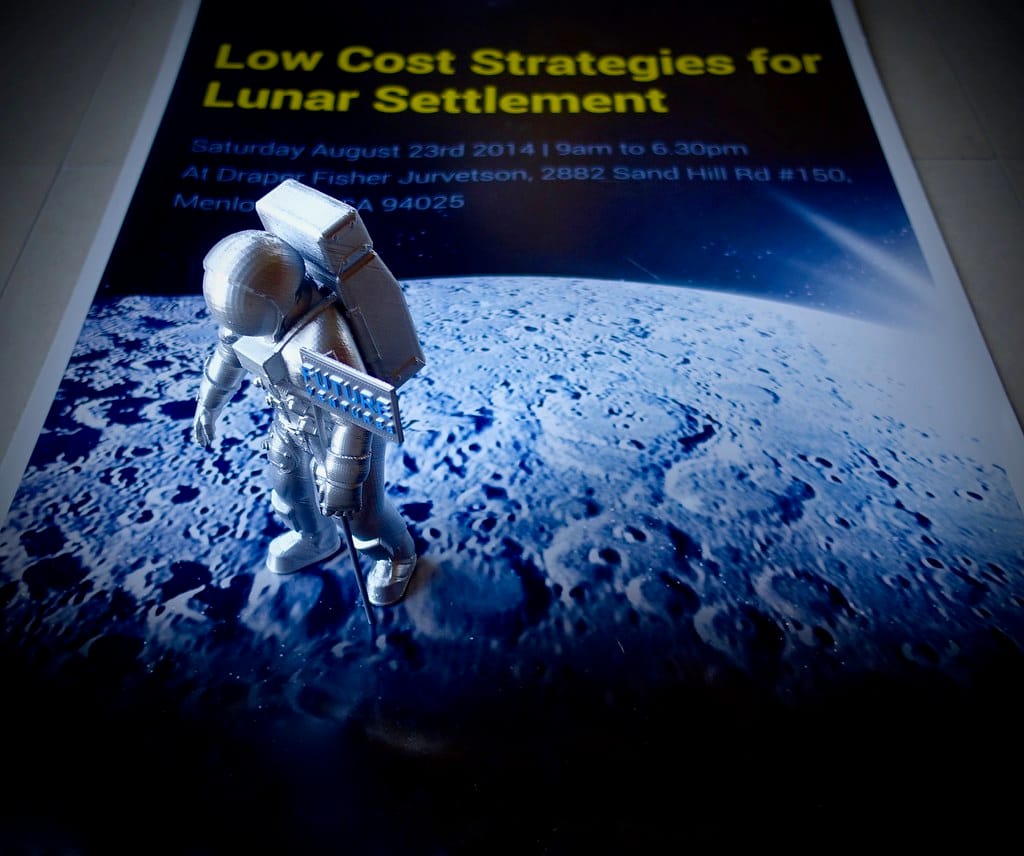Scientists Secretly Planned Massive Sky-Dimming Experiment Across 3,900 Square Miles
A controversial geoengineering experiment that could have dimmed sunlight across an area larger than Connecticut was quietly developed by researchers before being shelved, raising urgent questions about who controls our planet's climate interventions.
The Solar Shield Experiment That Almost Was
In what reads like science fiction, a team of atmospheric scientists had been developing plans for a large-scale solar radiation management (SRM) experiment that would have dispersed reflective particles across 3,900 square miles of sky. The project, known internally as the Stratospheric Controlled Perturbation Experiment (SCoPEx), aimed to test whether artificially dimming sunlight could help combat global warming.
The experiment would have involved releasing calcium carbonate particles—essentially chalk dust—into the stratosphere using high-altitude balloons. These particles would have created a thin, reflective layer designed to bounce a small percentage of incoming solar radiation back into space, temporarily cooling the region below.
Why Scientists Are Exploring Solar Dimming
The Climate Emergency Context
With global temperatures rising faster than many climate models predicted, some researchers argue that traditional mitigation efforts may not be sufficient. Solar radiation management represents what scientists call a "break glass in case of emergency" approach to climate intervention.
The concept isn't entirely new. Major volcanic eruptions have historically cooled global temperatures by ejecting reflective particles into the atmosphere. The 1991 Mount Pinatubo eruption, for example, lowered global temperatures by approximately 0.5°C for two years.
Potential Benefits and Rapid Deployment
Proponents argue that SRM could be deployed relatively quickly and at a fraction of the cost of other climate solutions. Some estimates suggest that a global SRM program could cost as little as $2-8 billion annually—a tiny fraction of what renewable energy transitions require.
The Controversy That Killed the Project
Ethical and Governance Concerns
The project faced immediate backlash from environmental groups, ethicists, and indigenous rights organizations. Critics raised fundamental questions: Who has the right to alter Earth's climate systems? What happens to communities that depend on consistent sunlight patterns for agriculture?
The Saami Council, representing indigenous peoples in northern Europe, argued that the experiment could affect traditional reindeer herding practices that depend on predictable seasonal patterns.
Scientific Risks and Unknown Consequences
Climate scientists warn that solar dimming could create unpredictable regional weather patterns. Computer models suggest that SRM could disrupt monsoon patterns in Asia and Africa, potentially affecting billions of people who depend on seasonal rains for agriculture.
Perhaps most concerning is the "termination problem"—if SRM programs were suddenly stopped, global temperatures could spike rapidly, potentially faster than ecosystems could adapt.
Current Status and Global Implications
The Quiet Cancellation
The SCoPEx project was ultimately suspended in 2021 following sustained opposition from environmental and indigenous groups. However, the fact that it reached advanced planning stages highlights how close we may be to unilateral climate interventions.
International Governance Gap
The controversy exposed a critical gap in international governance. Currently, no global body has clear authority to approve or reject geoengineering experiments that cross national boundaries. The United Nations Environment Programme has called for urgent development of governance frameworks.
Other Nations Moving Forward
While Western researchers face increasing scrutiny, other nations continue exploring geoengineering. China has been conducting cloud seeding operations for decades, and several countries are investing in research that could lead to larger-scale interventions.
What This Means for Our Climate Future
The shelved solar dimming experiment represents more than just a cancelled research project—it's a preview of the ethical and political challenges that will define climate action in the coming decades.
As traditional climate solutions struggle to keep pace with rising temperatures, pressure will likely mount for more dramatic interventions. The question isn't whether someone will eventually attempt large-scale geoengineering, but whether it will happen through transparent, democratic processes or unilateral action by individual nations or organizations.
The 3,900-square-mile experiment may have been quietly planned and quietly cancelled, but it has loudly announced that the age of climate engineering is approaching. How we govern these powerful technologies may determine not just our planet's temperature, but who gets to control the sky above our heads.
